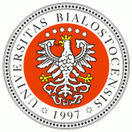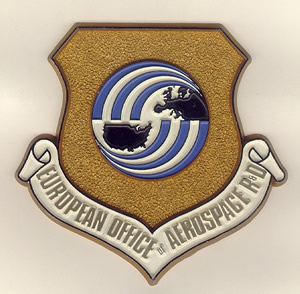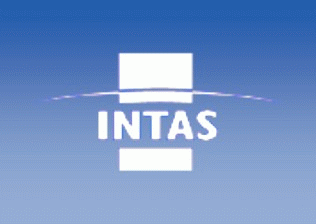Sponsors:



 |
|
Organized by
the Institute of Experimental Physics, University of Bialystok
Ursula Schröter, Germany
Electronic transport through quantum point contacts
- When diameters of electric conductors or junctions become as small as
the electron Fermi wavelength
or even atomic size, quantum mechanical effects show up in current
transport. The quantization of the
elementary charge as well as the wave-nature of the charge-carrying
particles cannot be neglected any
more like for classical electric circuits. Several experimental methods
to realize so-called quantum point
contacts will be presented, especially the break-junction technique. For
such samples the conductance
can no longer be made to take any value, but switches discontinuously
with parameters. Two different
kinds of conductance quantization can be observed. Furthermore, with the
possibility to accumulate
charge in some small structure, Coulomb blockade occurs, and in the
superconducting state Andreev
reflection can lead to transport in effectively multiple-charge
packages. I will explain these features.
- My second lecture will deal with theoretical concepts for calculations.
Properties of circuits governed by
single-charge tunneling can be modelled using rate equations. For
quantum point contacts, however,
interaction between both sides must be regarded on the wave-function
level, in a non-equilibrium situation
here with an applied voltage for current flow. I shall introduce a
Green's functions technique, that can
renormalize transmissions correctly. This method is widely applicable
also in other fields of physics.
|
|
|